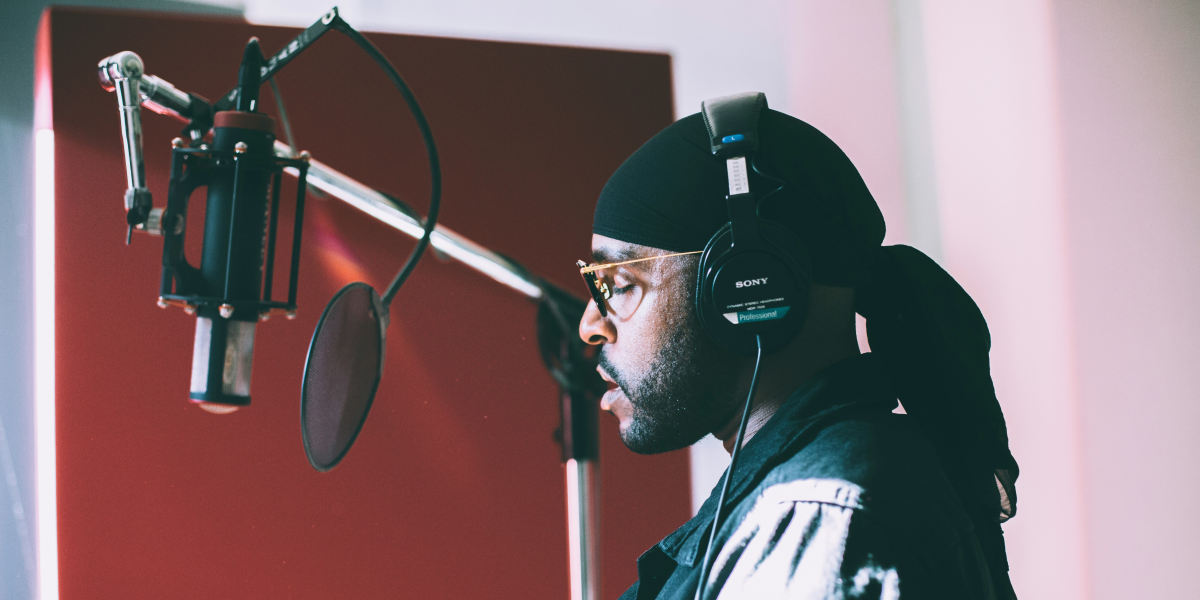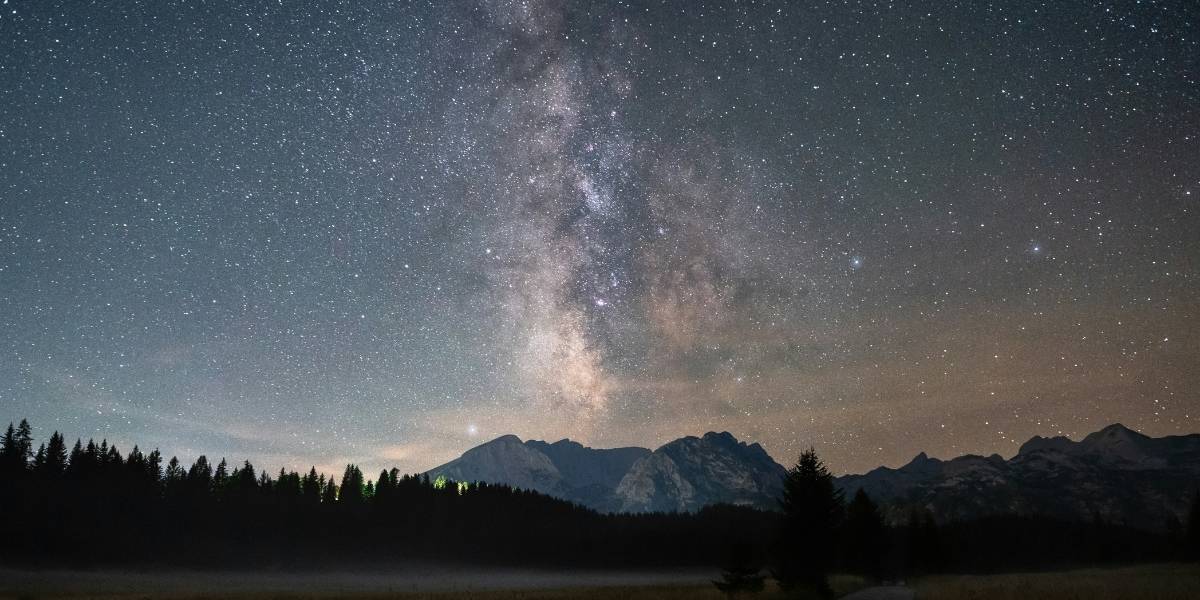R&B, short for rhythm and blues, has shaped the music landscape since its emergence in the 1940s, evolving from its roots in African American communities into a widely influential genre. With its blend of soulful vocals, expressive lyrics, and groovy rhythms, R&B has continually adapted, influencing countless artists and giving rise to new subgenres. Here’s a look at the evolution of R&B, its defining characteristics, and its lasting impact on music.
The Roots of R&B: From Blues to Soulful Expression
R&B originated as an evolution of blues and jazz, incorporating rhythmic patterns and bluesy undertones that resonated with listeners. In its early days, the genre was deeply rooted in the African American experience, often exploring themes of love, struggle, and joy. Artists like Ray Charles and Ruth Brown helped popularize the genre, bringing soulful melodies and expressive vocals to mainstream audiences.
The development of R&B paralleled social and cultural shifts, and its popularity grew as artists used their music to convey personal and collective experiences. By the 1950s, R&B had gained a solid footing in American music culture, setting the stage for the genre’s transformation and growth over the following decades.
Defining the Characteristics of R&B
R&B is distinguished by its emotive lyrics, smooth vocals, and rhythmic grooves. The genre blends elements from blues, jazz, gospel, and funk, creating a sound that emphasizes rhythm and soul. Key characteristics include:
Soulful Vocals: R&B vocalists are known for their emotional depth, often drawing from personal experiences. Techniques like melisma, which stretches syllables across multiple notes, are frequently used to enhance expressiveness.
Groovy Rhythms: A steady beat and syncopated rhythms form the backbone of R&B, providing a groove that’s both danceable and introspective.
Layered Instrumentation: Traditional R&B arrangements feature a mix of instruments, including bass, drums, and keyboards, often layered with horns or strings to add richness to the sound.
These elements have made R&B a versatile genre, capable of adapting to the changing tastes of each generation while maintaining its signature soulful quality.
The Rise of R&B Icons and Subgenres
The 1960s and 1970s were transformative for R&B, as artists like Aretha Franklin, Marvin Gaye, and Stevie Wonder emerged as icons, pushing the boundaries of the genre. Their music addressed a broader range of themes, from love and heartbreak to social justice, and often incorporated elements of funk, gospel, and jazz. The versatility and depth of these artists helped R&B achieve crossover success, reaching audiences beyond its traditional fan base.
By the 1980s, R&B began to blend with other genres, giving rise to new subgenres like contemporary R&B and quiet storm. Artists such as Whitney Houston and Anita Baker became known for their smooth, radio-friendly sound, while groups like Earth, Wind & Fire infused R&B with funk and disco, creating a dance-oriented style. This era marked a time of experimentation, as R&B artists continued to expand their musical horizons.
The Influence of R&B on Modern Music
R&B’s influence is evident across various music genres, from pop and hip-hop to electronic and rock. Many of today’s popular artists, including Beyoncé, Alicia Keys, and Usher, incorporate R&B’s soulful melodies and rhythms into their music, reflecting the genre’s lasting appeal. R&B has also significantly impacted hip-hop, with early collaborations between R&B singers and rappers helping to bridge the two genres.
The genre’s ability to evolve while retaining its core elements has allowed R&B to maintain its relevance in contemporary music. This adaptability has enabled R&B artists to explore new sounds and styles while honoring the genre’s rich heritage, further solidifying its place in music history.
R&B’s Cultural Significance and Legacy
Beyond its musical impact, R&B has played a significant role in cultural expression and social movements. Through powerful lyrics and emotive performances, R&B artists have addressed issues like racial injustice, love, identity, and resilience. During pivotal moments in history, from the civil rights movement to modern social activism, R&B music has served as both a form of protest and a source of comfort.
The genre’s legacy can be seen in its continued popularity and its influence on emerging artists who draw inspiration from R&B’s rich past. Today, R&B remains a platform for artists to express their individuality and connect with listeners on a deep, emotional level, reflecting the timeless quality that has defined the genre for decades.
The Future of R&B: Bridging Tradition and Innovation
As R&B continues to evolve, it bridges the traditional sounds of its origins with modern innovations. Contemporary R&B artists experiment with new production techniques, incorporating electronic elements and blending genres to create fresh, innovative sounds. This new generation of artists, such as H.E.R., Khalid, and SZA, honors R&B’s roots while pushing the genre into uncharted territories.
With its blend of soulful expression, rhythm, and resilience, R&B remains a powerful force in the music world. As the genre adapts to the changing landscape of music, its foundation in authentic storytelling and emotional connection ensures that R&B will continue to inspire listeners for years to come.
Published by: Khy Talara














